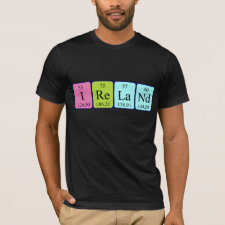
Authors: de Coelho Escobar C, dos Santos JHZ
Article Title: Effect of the sol-gel route on the textural characteristics of silica imprinted with Rhodamine B.
Publication date: 2014
Journal: Journal of Separation Science
Volume: 37
Issue: (7)
Page numbers: 868-875.
DOI: 10.1002/jssc.201301143
Abstract: A series of silica xerogels that support Rhodamine B as a template were synthesized using distinct sol-gel routes, namely, acid-catalyzed routes, a base-catalyzed route, acid-catalyzed with base-catalyzed (two steps) hydrolytic routes, and a FeCl3-catalyzed nonhydrolytic route. The extraction methods (thermal, Soxhlet, water washing, and ultrasound) were also evaluated. The resulting xerogels were characterized through porosimetry using nitrogen adsorption/desorption. The samples were further analyzed through small-angle X-ray scattering, Fourier transform infrared spectroscopy, and SEM. The preparation route affected the materials' textural properties. Extraction was optimized using acid and two-step routes. The acid route from Rhodamine B to Rhodamine 6G generated the highest selectivity factor (2.5). The nonhydrolytic route produced the best imprinting factor. Competitive adsorption was also used, from which the approximate imprinting factor was 2. The cavity shape generated during the production of the imprinted silica dictates the adsorption behavior, not the magnitude of the surface area
Template and target information: rhodamine B
Author keywords: molecular imprinting, silica, Small-angle X-ray scattering, sol-gel



Join the Society for Molecular Imprinting

New items RSS feed
Sign-up for e-mail updates:
Choose between receiving an occasional newsletter or more frequent e-mail alerts.
Click here to go to the sign-up page.
Is your name elemental or peptidic? Enter your name and find out by clicking either of the buttons below!
Other products you may like:
 MIPdatabase
MIPdatabase









